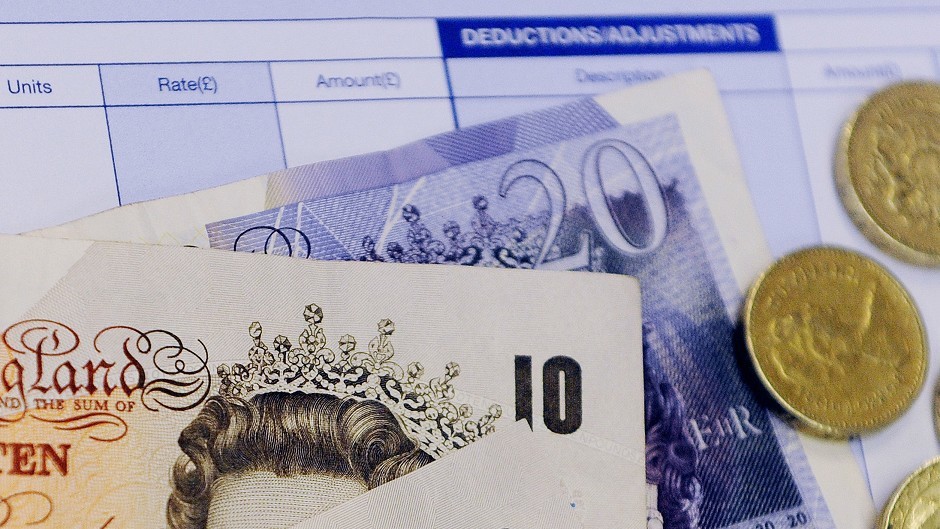Company bosses have received 10% pay rises as workers face continued restraint, leading to an “unhealthy and growing” gap in wages, it was claimed today.
A study of annual reports of FTSE100 companies showed the average pay package for a chief executive was £5.4m in 2015, up from £4.96m in 2014.
The High Pay Centre said its research also found that chief executives were paid 140 times more than their employees on average.
In contrast to the “generous” pay packages awarded to executives, only a quarter of FTSE100 firms are accredited by the Living Wage Foundation for paying the voluntary living wage to their employees.
Big pay remains a “boys club”, with no women in the top 10 highest paid chief executives, said the report.
Only one company has an employee representative on the board, while none publishes details of the pay ratios between chief executives and other employees.
Stefan Stern, director of the High Pay Centre, said: “There is apparently no end yet in sight to the rise and rise of FTSE100 chief executive pay packages.
“In spite of the occasional flurry from more active shareholders, boards continue to award ever larger amounts of pay to their most senior executives.
“The High Pay Centre was delighted by Theresa May’s recent intervention on this issue. There now seems to be political will and momentum behind attempts to reform top pay.
“In particular we support two of the main proposals – that companies should be obliged to publish the ratio between the pay of their chief executive and the average worker in the business and that the voice of the ordinary employee must be heard in discussions over executive pay.
“Businesses could save themselves a lot of grief and do something to restore their reputations if they listened to workers first before awarding these bumper pay packages.”
Peter Cheese, chief executive of the Chartered Institute of Personnel and Development (CIPD), said: “There is still a shocking disconnect between pay for those at the top and the rest of the workforce in large companies.
“Worse still, this gap is continuing to grow, despite our latest data showing that it leads to a real sense on unfairness that has a clear impact on employee motivation.
“A recent CIPD study showed that six in 10 employees say that high levels of chief executive pay in the UK demotivates them at work.”










